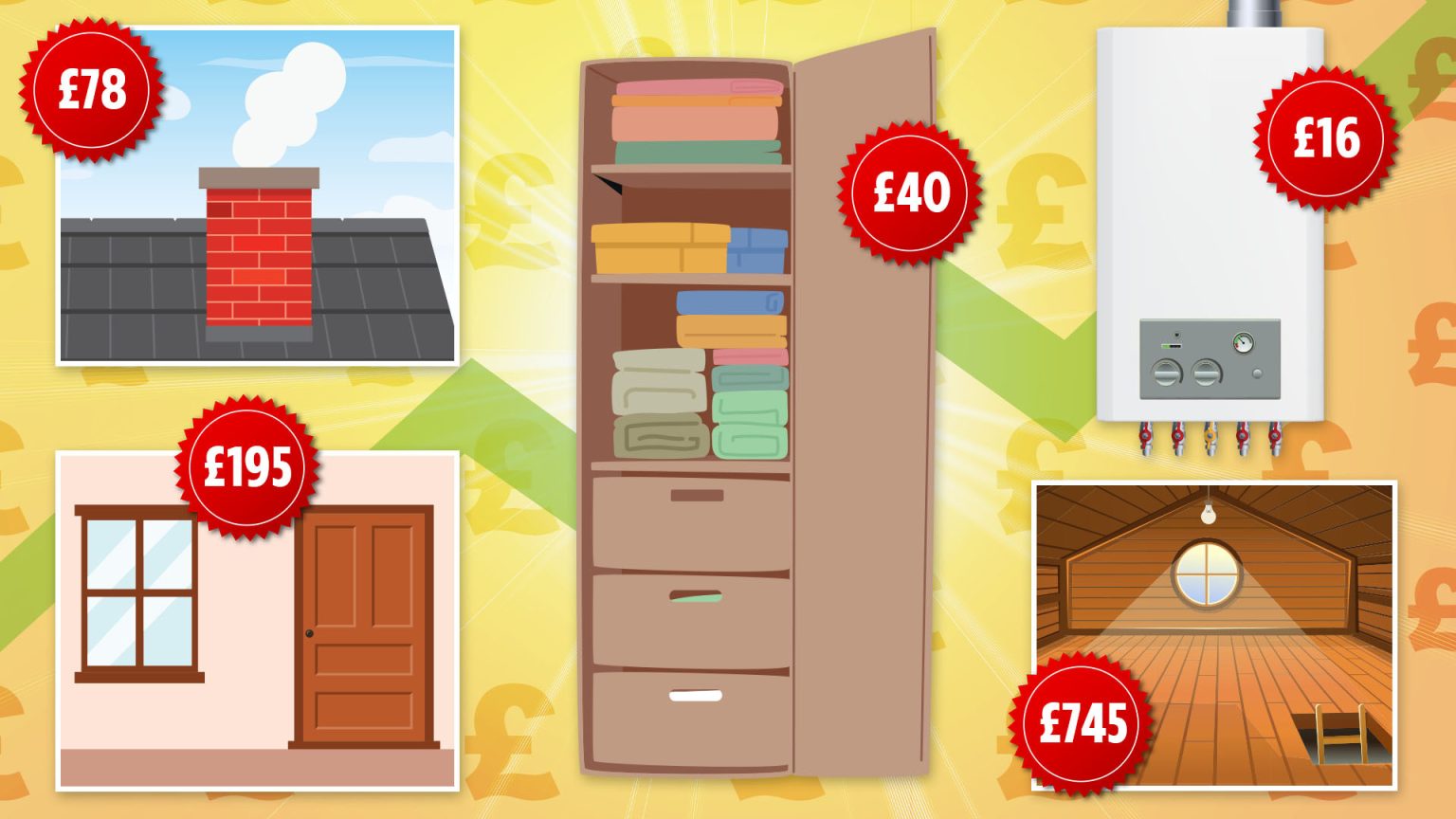Heat Loss Hotspots in Your Home and How to Address Them
Winter’s arrival often means higher energy bills as households crank up the thermostat to combat the cold. However, many homeowners unknowingly contribute to escalating costs by neglecting key areas prone to heat loss. These overlooked drafts can add a substantial amount to annual energy expenditure, especially in the face of rising energy prices. Identifying and addressing these heat loss hotspots is crucial for both comfort and financial savings.
One significant source of heat loss can be the boiler itself. Older, inefficient boilers often radiate heat from the casing, wasting energy that should be directed toward heating water. Additionally, inadequate insulation around the boiler and its pipes can exacerbate this problem, leading to approximately £16 wasted per year. A simple and cost-effective solution is to apply pipe lagging, available at most hardware stores, which acts as an insulating barrier and minimises heat loss from the pipes.
Chimneys, designed for ventilation, are another major culprit in heat loss. When not in use, they allow warm air to escape and cold air to enter, contributing to up to 10% of a home’s total heat loss, equating to roughly £78 annually. Permanently sealing a disused chimney is the most effective solution, although it can be costly. More affordable alternatives include chimney balloons or caps. A chimney balloon, inserted and inflated within the chimney, creates a seal against drafts. While a chimney cap sits atop the chimney, offering less comprehensive protection, it still helps retain some heat.
Doors and windows are notorious heat loss areas, accounting for up to 25% of a home’s heat loss and potentially costing around £195 per year. Poor insulation or frequent opening and closing allows precious heat to escape. Simple draught excluders, strategically placed along doors and windows, can significantly reduce heat loss. Investing in thermal curtains or blinds adds another layer of insulation, creating a barrier between the warm interior and the cold exterior.
The loft, often used for storage, presents a significant opportunity for heat loss reduction. Poor insulation in this area can lead to up to 25% heat loss, translating to approximately £195 annually for gas-heated homes and a staggering £745 for electrically heated homes. Gaps in the loft hatch and poorly sealed access points further exacerbate the issue. Proper loft insulation is a worthwhile investment, potentially cutting heat loss by up to 80% and saving up to £200 per year. While the initial cost of installation might seem daunting, the long-term savings and improved energy efficiency make it a prudent choice. Government grants, such as the Energy Company Obligation (ECO) scheme, may be available to help cover the cost of insulation for eligible households.
Finally, even the airing cupboard, a seemingly innocuous space, can contribute to heat loss. Uninsulated or poorly insulated hot water tanks within the airing cupboard can account for around 5% heat loss, costing approximately £40 annually. Again, pipe lagging and tank insulation are cost-effective solutions to minimize heat loss from these components. Addressing these key areas of heat loss can significantly reduce energy consumption and save money on heating bills.
Addressing these various heat loss points not only improves comfort but also offers substantial financial benefits. While some solutions require upfront investment, like loft insulation or replacing an old boiler, many affordable options, like draught excluders and pipe lagging, can be implemented immediately. Taking a proactive approach to addressing heat loss not only reduces energy waste but also contributes to a more sustainable and environmentally friendly lifestyle. Combined with exploring available government assistance programs and negotiating repayment plans with energy suppliers, households can effectively manage their energy costs and stay warm throughout the winter months.











